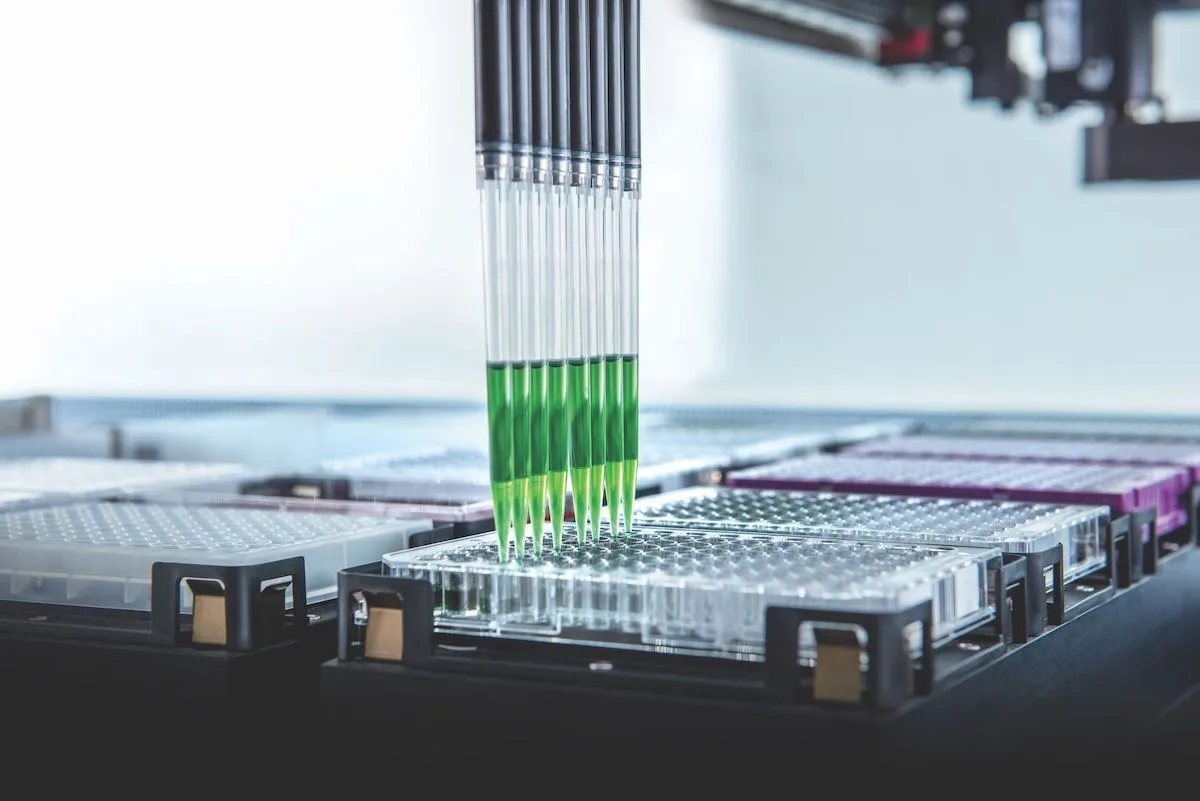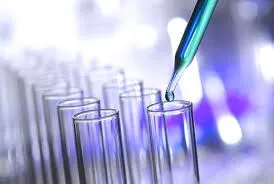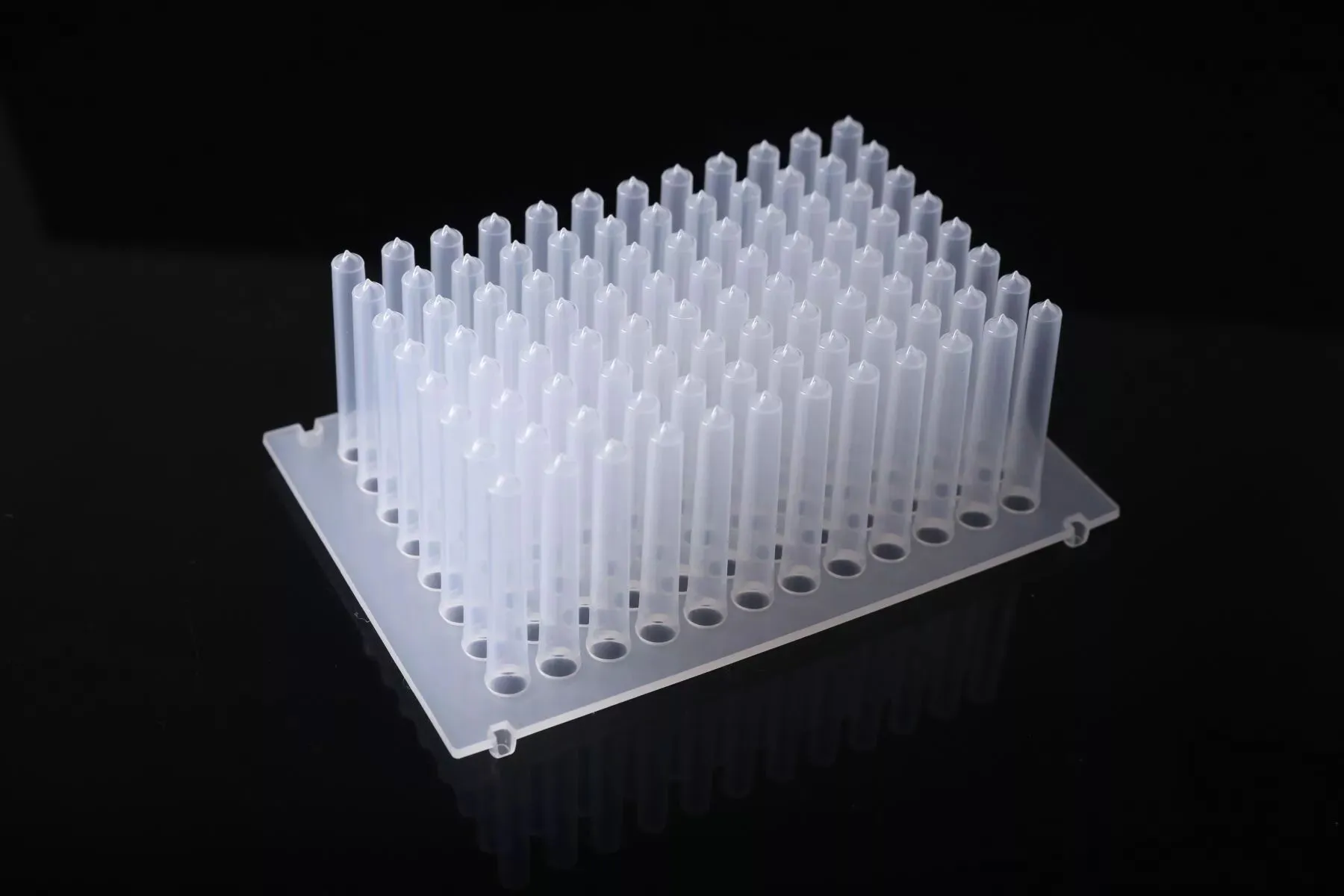Considerations for Precision Automated Pipetting
Aug 21, 2024
On this page
In laboratory work, pipetting is an integral part of daily experiments. Whether performing simple liquid transfer or precise sample preparation, the accuracy and repeatability of the pipette operation has a direct impact on the experimental results. Due to the wide variety of pipettes and the varying physical properties of liquids, operators must adopt appropriate techniques and strategies when using pipettes to ensure that the best results are achieved each time. This article will delve into several commonly used pipetting techniques, including blowing volume, reverse pipetting, and conveying air volume, to help experimentor improve the accuracy and efficiency of the operation in various pipetting scenarios.

Blowout Volume
Before pipetting, it is usually recommended to breathe in a small amount of air, which is called the "blown out volume". Its role is to ensure that the pipette tip can be completely emptied during the final distribution stage, especially when dealing with liquids that tend to adhere to the inner wall of the pipette tip, blowing out volume is particularly important. The blowout volume provides additional dispensing volume, ensuring that the liquid in the pipette tip can be completely discharged without residue. This operation plays a key role in ensuring the accuracy and consistency of the experimental results.
Reverse Pipetting
For some viscous liquids, the blowout volume alone may not be sufficient to completely empty the pipette tip. In this case, reverse pipetting technology is a more effective solution. Unlike traditional pipetting methods, reverse pipetting does not rely on blowing out volume, but instead inhales more than the target amount of liquid as it is aspirated. In this way, during the distribution phase, the desired volume of liquid can be accurately discharged, while the remaining excess liquid is left in the pipette tip, thus avoiding liquid residue and ensuring accurate operation.Air Delivery
After the liquid is sucked into the pipette tip, it is usually necessary to move the head to a new position for distribution. However, this moving process can have an effect on the liquid balance within the tip, resulting in the formation of small droplets on the pipette tip, which can affect the accuracy of the pipette. To alleviate this problem, the pipette can draw in a small amount of air again as a "delivery air volume" after the liquid has entered the pipette tip. This extra amount of air helps prevent droplet formation during movement, thus ensuring precision and stability in pipetting operations.Premoisten the Pipette Tip
A wet pipette tip and a dry new pipette tip will exhibit different characteristics when used, which is related to the surface tension between the liquid and the pipette tip material and the saturation of the air inside the pipette tip. To improve the accuracy of the pipette, especially when dealing with viscous or volatile liquids, it is recommended to pre-moisten the pipette tip by repeatedly inhaling and distributing the liquid before pumping the target volume. This allows the surface inside the pipette tip to be more evenly wetted, reducing errors during pipetting and improving overall accuracy.Exceed the Suction Volume
While the pre-wetting of the pipette tip significantly improves pipetting accuracy, the process also extends the duration of the experimental operation. In order to achieve similar results without significantly increasing the operation time, the "over suction volume" method can be adopted. In this operation, by pumping more than the desired volume of liquid and quickly distributing the excess, it is possible to achieve a similar effect to pre-wetting while maintaining the efficiency of the operation, thereby improving the accuracy of the pipette.Optimized Exchange Speed
After the liquid suction is completed, some liquid may remain outside the pipette tip. The amount of this residual liquid is closely related to the speed at which the pipette tip is removed from the liquid (i.e. the exchange velocity). The slower removal speed allows enough time for the liquid to drip from the pipette tip into the storage, reducing the amount of residual liquid on the outside. By optimizing the exchange speed, liquid residue outside the pipette tip can be significantly reduced, improving the accuracy and consistency of subsequent distribution.Settling Time
After pumping the liquid, it is necessary to wait for the liquid and the air inside the pipette tip to reach equilibrium before distributing the liquid, a process known as settling time. Proper settling time can ensure the stability of the liquid, thus improving the accuracy of distribution. The length of the settling time depends on the volume and nature of the absorbed liquid, especially for liquids with high viscosity or low volatility, adequate settling time is critical.Stopping Volume
When dispensing liquids, especially in jet dispensing, it is important to ensure a clean cut between the dispensed volume and the remaining liquid in the pipette tip. This can be achieved by setting the stop volume. After the plunger has finished moving and distributing the liquid, the motor is quickly reversed so that the plunger pumps a certain amount of air, resulting in a stopping volume. This operation enables large velocity variations and ensures clean separation of droplets, thus increasing the accuracy of distribution.QPM On/Off
In pipetting operation, real-time monitoring of pressure curve is an effective means to prevent operation errors. For example, it prevents the inhalation of foam, avoids the formation of clots, and eliminates the risk of inhaling air from empty pipes. The Hamilton pipette channel is equipped with QPM (Qualitative Pressure Monitoring) function that can be adjusted to the specific needs of the application, providing more reliable pipetting operation assurance.Spray and Surface Distribution
Jet distribution is usually suitable for operation by keeping the pipette tip above the liquid level, but this method is not suitable for viscous liquids. For these liquids, surface distribution is more efficient. Surface distribution refers to the distribution of liquid at or below the liquid level, and the delivery of liquid directly to the bottom of a container that already contains other liquids. This method is especially suitable for high viscosity liquids and ensures the accuracy and consistency of distribution.Conclusion
By understanding and mastering these pipetting techniques, experimentals can deal with various complex experimental needs more effectively. These techniques are not only suitable for simple everyday operations, but also show their unique advantages in more complex experimental environments. The accuracy and stability of pipette operation are directly related to the reliability of experimental results, so it is essential for every experimental worker to master these techniques. Whether facing the challenge of high viscosity liquids or seeking higher dispensing accuracy, these pipetting techniques will bring significant improvements to the work of experimentals, and ultimately help scientific research achieve more reliable and accurate results.Previous: Why is Balancing Centrifuges Important?
Next: Purpose and Precautions of Magnetic Rod Sleeve


